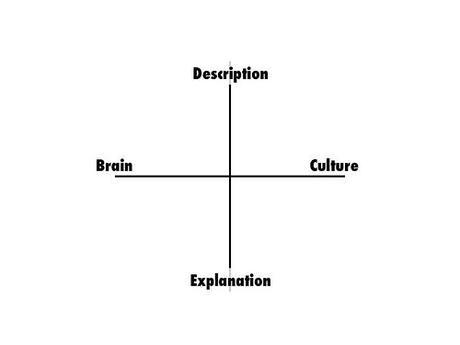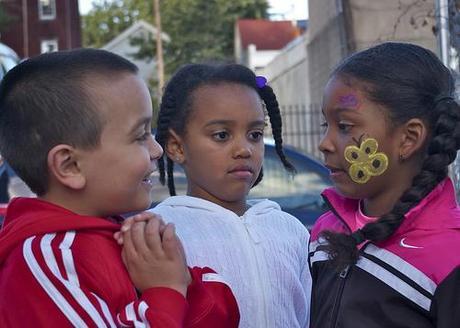
The oldest post on New Savanna is dated April 14, 2010, though it consists only of a broken link to a Nina Paley cartoon. I have this vague sense, however, that I made an earlier post on April 10 and then deleted it at some point. No matter. I started the blog in April of 2010.
So it took me roughly two years and two months to run up 2500 posts. Some are short, consisting only of a single photo or a link and some prose, while others are long-form essays, and some of those include photos (or other illustrations). And a number of posts have been gathered together into single documents which I’ve then posted as working papers at Social Science Research Network, or Scribd.
But what’s it all about? What would I tell someone who landed on New Savanna for the first time?
That’s a tough one, for I don’t even quite know what’s here anymore. It’s a mix, whatever I want to blog about. To a first approximation, think of it as my intellectual interests, photographs, and various other stuff.

My intellectual interests are various and resist easy summary. But I’ll single out three posts for special notice. Back in 2011 Tim Morton got me interested in philosophy, which was where I was headed as undergraduate until “Kubla Khan” ambushed me into literature. I ended up sketching a pluralist metaphysics that I distilled into two posts:
- The Living Cosmos (14 Sept 2012): It makes more sense to conceive of the cosmos, all of it, as a living being rather than a pile of dead matter. If dead matter, then how come life? But, if life, then there’s not problem, is there?
- The Abundance Principle and the Fourth Arena (16 December 2012): This living universe started with Matter, from which Life emerged, and Culture from Life. This principle of emergence we can call the Abundance Principle, after Paul Feyerabend. We are on the cusp of emerging another Realm, for which I have no name other than The Fourth Arena.
THAT’s as close as I can come to a distillation of my intellectual life. But I’ll give some more specific pointers a bit later.

Photographs don’t lend themselves to summary, so I’ve included a small sample in this post. Any post that contains a photograph is tagged “photograph”. Some of those consist of a single photograph, while others contain two, three, or a handful, and some include commentary or this or that topic.
I’ve also posted about photography: What's a photograph, anyhow? Is color real? Representation? I like to group photographs so the individual images can resonate with one another. I will occasionally throw up a group that points to matters ontological. And some of those photographs aren’t photos; they’re MacPaint images.
Of course, I’ve got lots of photos of graffiti, and I’ve got a particular interest in graffiti sites. Many of the graffiti posts, of course, have commentary about the photos. In Animal, Vegetable, Mineral, I ask: What is Graffit? (none of the above). I should also mention a series of posts in which I worked my way through Bruno Latour’s Reassembling the Social by using graffiti as my major case study.

I’ve taken a good many photographs of but also in (what’s the difference, of/in?) Jersey City, where I’ve lived since the late 1990s, with digressions to Hoboken and Maplewood. I’ve got a number of photo essays of Jersey City, where I comment on some aspect of the city, and a several posts on the City’s future prospects.

My intellectual work is all over the map, that one above. I’m interested in culture – my Ph.D. is in literature – and in how culture is embedded in the human brain, or if you will, how the brain supports culture. Some of my work is descriptive in nature – much of my work on literature and film – but I also try to explain things.
Here, in no particular order, are some pointers into that territory:
- Cultural Evolution: including The Evolution of Human Culture: Some Notes Prepared for the National Humanities Center, Version 2 (2010), where I use music as my major source of examples; Cultural Evolution: A Vehicle for Cooperative Interaction between the Sciences and the Humanities, and Cultural Evolution, Memes, and the Trouble with Dan Dennett (2013), in which I reach a conception of the meme that’s quite different from Dan Dennett’s, but which might actually be useful. Note that these links lead to PDF’s at my SSRN (Social Science Research Network) site, but they started out here.
- Major analytical and descriptive work, where I look at specific texts in considerable detail through a series of posts: Disney’s Fantasia and Dumbo, Porky in Wackyland, The Greatest Man in Siam, films of Miyazaki, Nina Paley's Sita Sings the Blues (all cartoons), Apocalypse Now, Gojira (live action films); Heart of Darkness (novella). I also have a number of posts specifically concerned with the problems of description and with describing ring-composition.
- Literature and Literary Criticism. Let’s stick Lévi-Strauss here as well, myth logic, and Franco Moretti. How about digital humanities and Alan Liu?
- Coupling and Synchrony: These posts are about how humans cohere in social groups by synchronizing the timing of their neural activity during interaction. Many of these posts concern music, for example, this one on clapping and group intentionality, this one on bell rhythms, and this one on spirits.
- Pluralism: These posts represent my encounter with object-oriented ontology: Bennett, Bryant, Harman, Latour, Morton. This intersects with my interest in cognitive science though ontological cognition: how the mind conceptualizes different kinds of things.
- The newer psychologies: cognitive science, cognition, perception, computation, brain, neuroscience, linguistics.
- Behavioral Mode, very important. This is where the mind meets the body meets society. Peak experience. Sexuality. Love. Psychoanalysis.
Finally, I note that I’m also making this into a page that will be permanently linked at the top of the blog.


